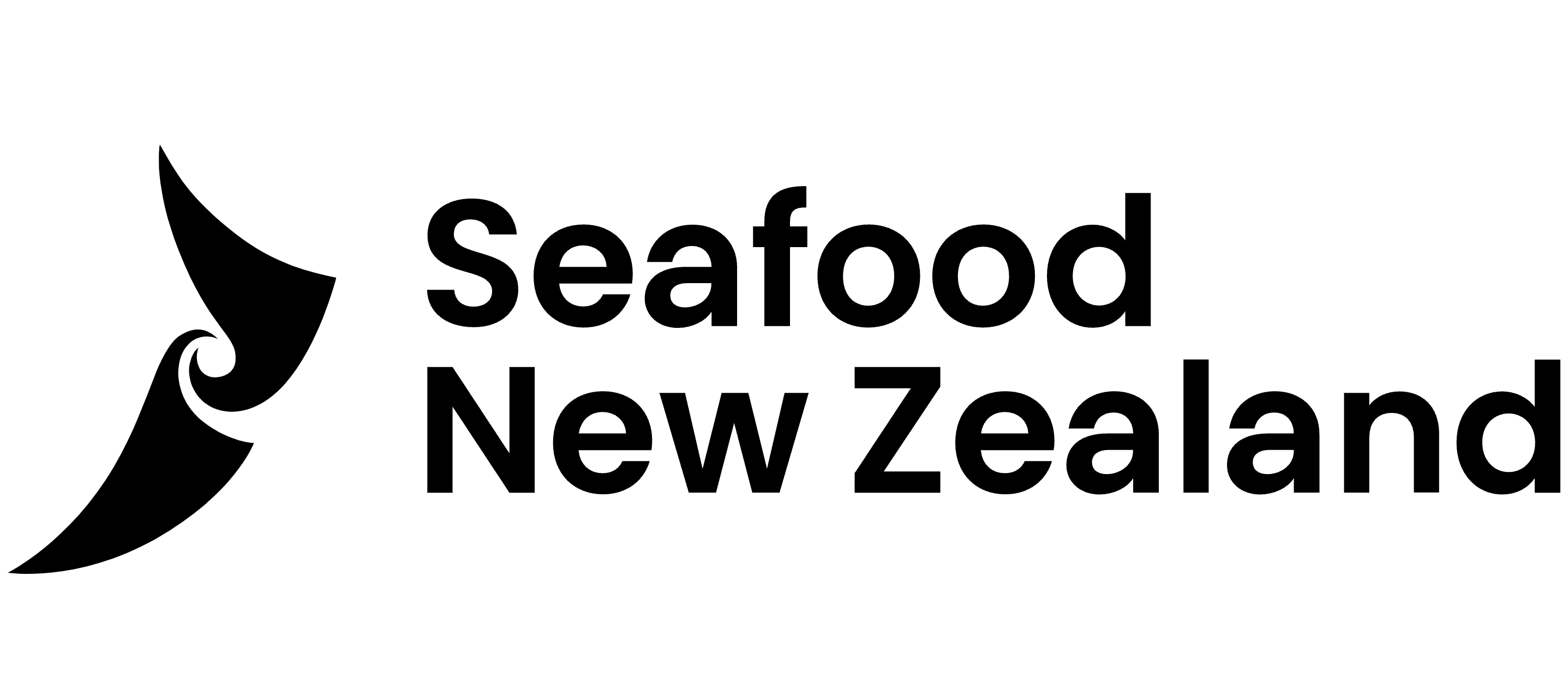New fishing rules for surface longline fishing announced by Fisheries New Zealand reflect what fishers, particularly those who fish in areas where there is a heavy seabird presence, have been doing for some time.
The new rules mean from 1 October, all commercial surface longline fishers will be required to either use special hook shielding devices or implement three key seabird mitigations measures at the same time (tori line, weighted sink hooks and setting at night).
Seafood New Zealand Chief Executive Lisa Futschek says Seafood New Zealand has been working closely with fishers, operators and quota holders to reduce seabird captures for the past two years, and in many instances, fishers are already going above and beyond what has now been made regulation.
“Industry is committed to lowering seabird deaths from fishing activities. Our approach, which we’re very proud of, has been to work with fishers directly to innovate and adopt practical solutions that are tailored to vessels, fisheries, and relative seabird risks.
“So much good mahi is already happening in this space,” says Lisa. “For example, earlier this year in the southern bluefin tuna fishery off the East Coast of the South Island, the fishers agreed to a Code of Practice, that saw them using seabird mitigation measures beyond regulatory requirements including a marked uptake in the use of hookpods.
“While it wasn’t law, everyone involved in the fishery took the code seriously. These fishers are being proactive as they care about the birds, and they care about their livelihoods.”
Lisa says it’s because of these efforts that they see these new rules as unnecessary.
“One thing we have learnt from working closely with these fishers, is that a one-size-fits-all approach does not result in reduced seabird interactions.
“We had hoped we would be further supported in our approach, rather than have more regulation added to already highly-regulated fisheries.
“None of this is simple,” says Lisa. “What might work for a fisher on the east coast of the South Island, might not work at all for a fisher on the east coast of the North Island. As well, we are aware that some fishers, who are using hookpods, weighted hooks, tori lines and more, still have occasional capture events.
“Despite our frustrations with blunt blanket regulatory approaches, we remain committed to working closely with fishers to develop practical solutions and to encourage innovation as we know this delivers the best results for all, and most importantly for our seabirds.
“We will also continue to work with Fisheries New Zealand, the Department of Conservation, the Southern Seabirds Trust and others on our shared aim to minimise seabird captures.”



 Gordon Campbell: On The Trump Upside, And Peters Persecution Of Trans People
Gordon Campbell: On The Trump Upside, And Peters Persecution Of Trans People Save the City-to-Sea Bridge: Join on Sunday afternoon to save Wellington’s City-to-Sea Bridge
Save the City-to-Sea Bridge: Join on Sunday afternoon to save Wellington’s City-to-Sea Bridge New Zealand Defence Force: Second World War Veterans Receive Message From King Charles
New Zealand Defence Force: Second World War Veterans Receive Message From King Charles New Zealand Government: More Than 900 Health Graduates To Receive Financial Boost Through Bonding Scheme
New Zealand Government: More Than 900 Health Graduates To Receive Financial Boost Through Bonding Scheme New Zealand Police: Stacks Of Cocaine Unpacked In Mt Wellington
New Zealand Police: Stacks Of Cocaine Unpacked In Mt Wellington Te Pāti Māori: Te Pāti Māori Make Submission To Privileges Committee In Absentia
Te Pāti Māori: Te Pāti Māori Make Submission To Privileges Committee In Absentia PSA: PSA Forces Changes To Restructure Of Data & Digital And Pacific Health
PSA: PSA Forces Changes To Restructure Of Data & Digital And Pacific Health


